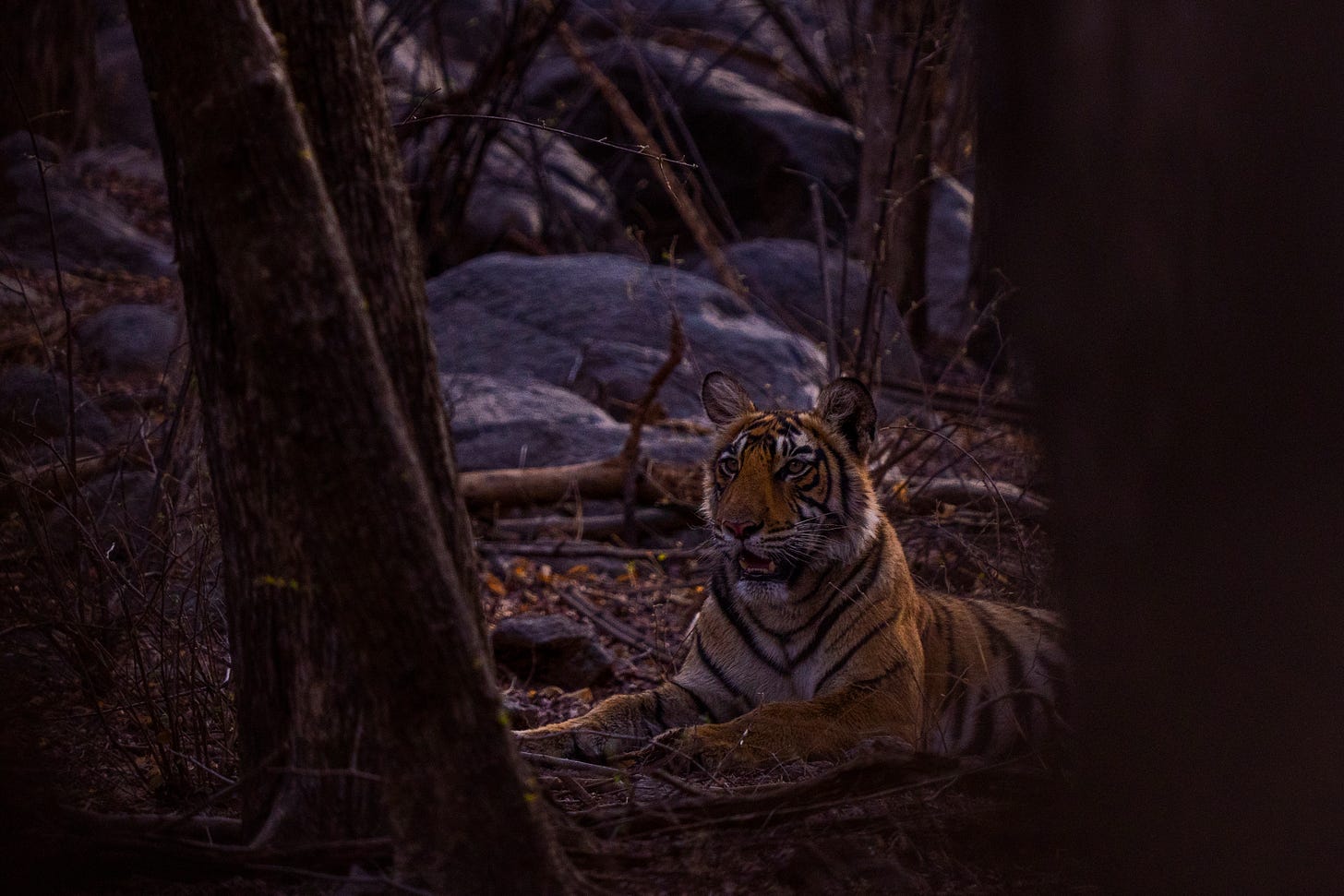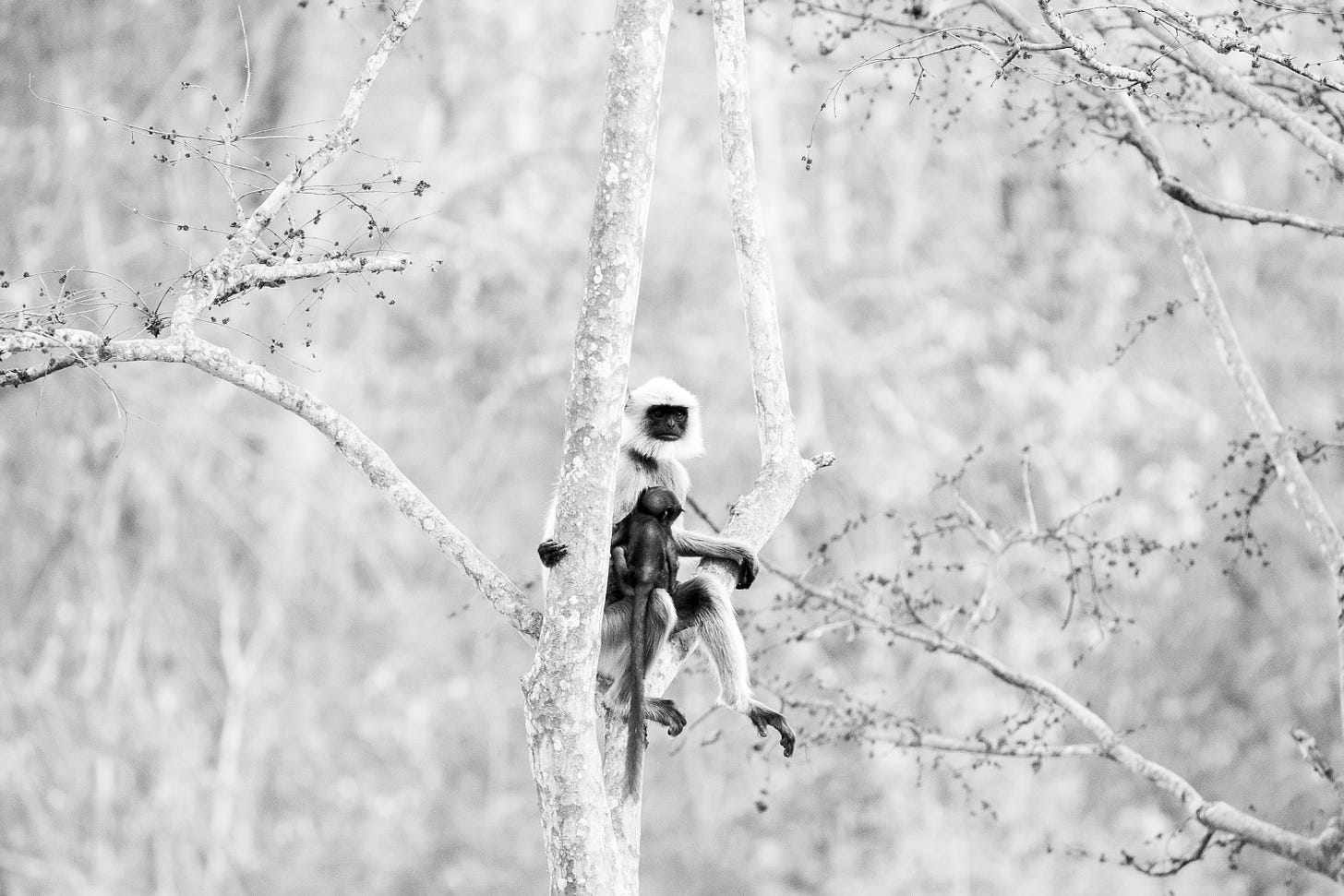The science of exposure vol.2
Aperture
In the first part of this series, we discussed exposure, the measure of how bright an image is. It is comprised of three factors, the first of which is Aperture.
What is Aperture?
Aperture describes the size of the opening in your lens through which light enters your camera to fall on its sensor.
How do we measure Aperture?
The f-stop scale measures the size of your lens camera. Initially, it can be a little confusing. The smaller your f-stop, the larger the opening in your lens. For example, f/2.8 has a bigger opening than f/16. Therefore, f/2.8 lets in more light than f/16. It is also critical to understand that each f-stop doubles or halves the light entering the camera. For instance, an aperture of f/2.8 allows twice as much light as f/4 and f/4 allows half the light as f/5.6.
What does Aperture control?
The Aperture controls how much light enters the camera, and exposure is the amount of light that reaches the camera's sensor. Therefore, the Aperture has a significant impact on exposure. With a large Aperture (or lower f-stop), you will get more light in your photograph, resulting in a brighter image.
However, Aperture also controls your depth of field which is essentially the distance in an image that appears in focus. The larger your Aperture (or lower f-stop) creates a shallow depth of field. Therefore, a small part of your image is in focus. Most photographers prefer a larger Aperture as it makes brighter images with a beautifully blurred background. The only downside to a shallow depth of field is that it makes it harder for you to focus on your subject.
Thanks for reading Scientia Šerida! Subscribe for free to receive new posts every week!
Did you enjoy this issue? Share it with a friend who might love it too.
For similar posts browse Scientia Šerida Archive
Find me on Instagram as @dhruv_matthan
Or on Twitter as @DhruvMatthan









